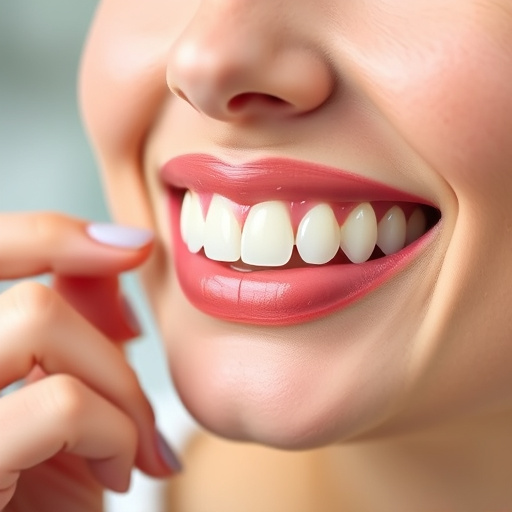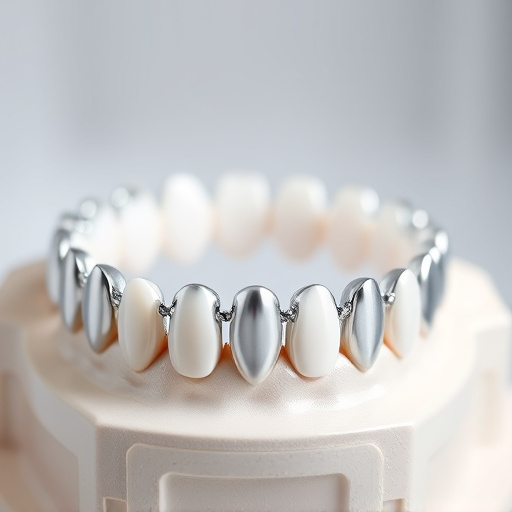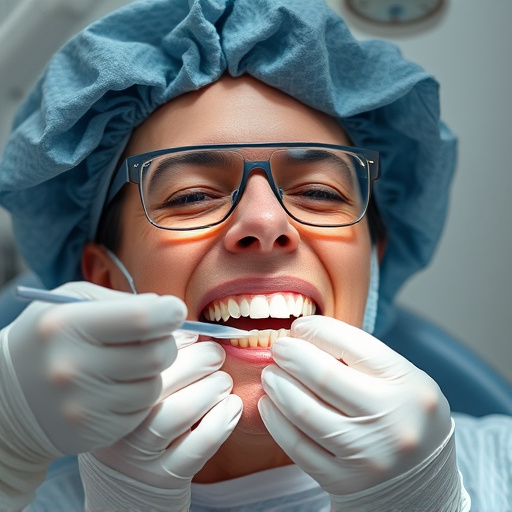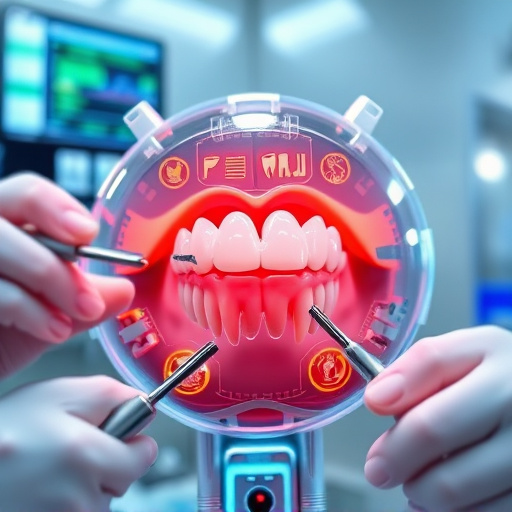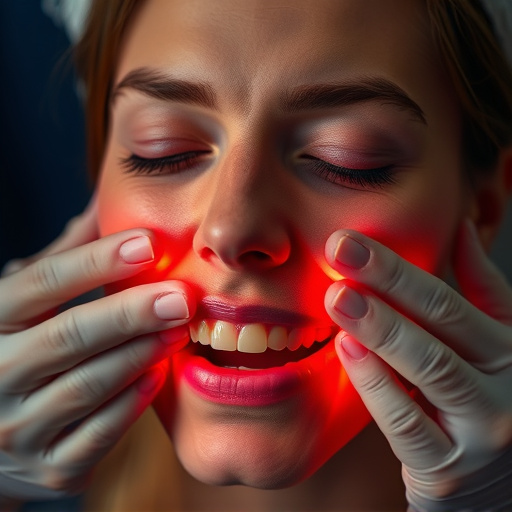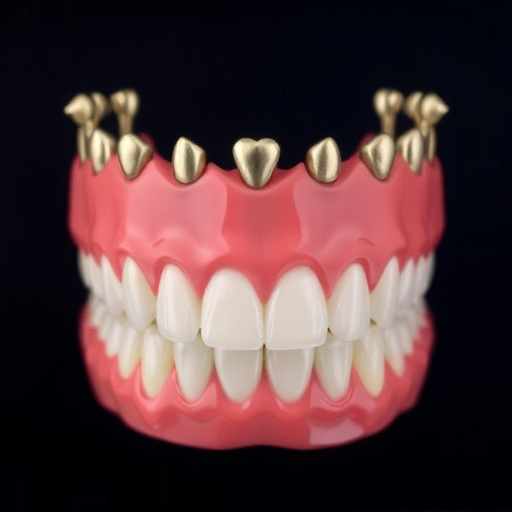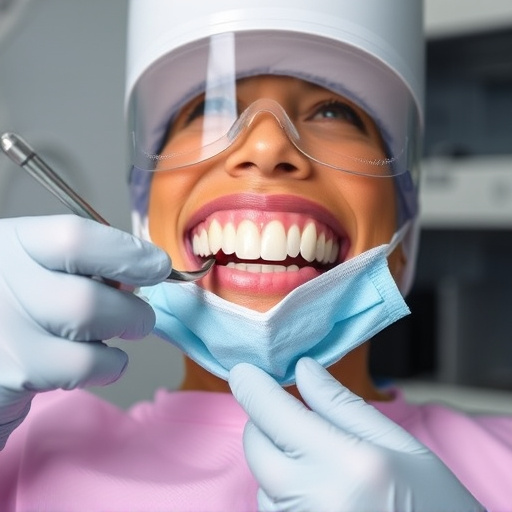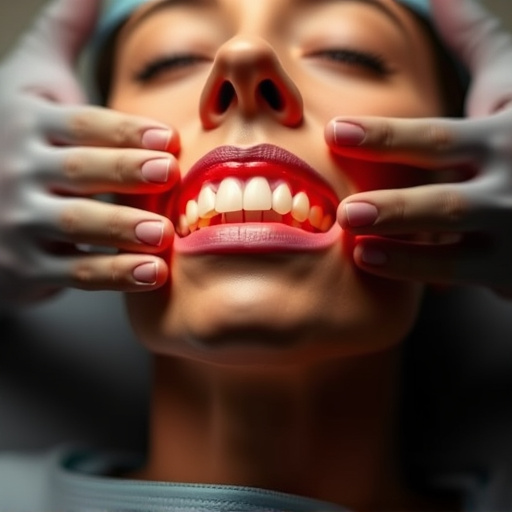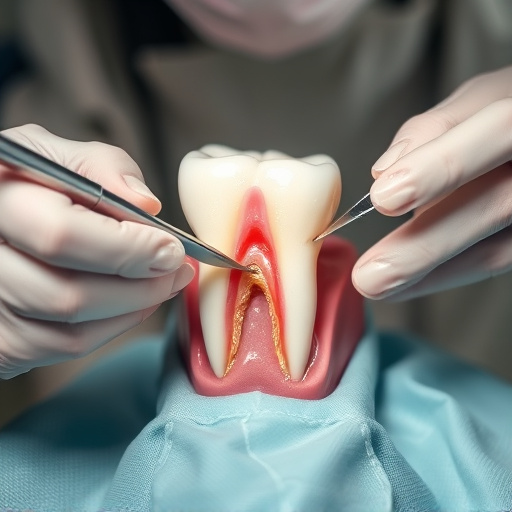Accessing culturally sensitive dental care is crucial for Spanish-speaking patients, addressing language barriers and misunderstandings through Spanish-speaking dentists equipped with cultural awareness practices. These dentists enhance comfort and outcomes by offering bilingual services, tailoring treatments to community needs, fostering trust through regular check-ups, and providing comprehensive care like preventive dentistry, extractions, and implants. Creating an inclusive environment through clear communication, culturally relevant symbols, personalized interactions, and Spanish educational resources builds trust and improves patient satisfaction, leading to better oral health outcomes.
In today’s diverse dental landscape, providing culturally sensitive care is paramount, especially when catering to Spanish-speaking patients. This article delves into the significance of this approach, highlighting how it transcends language barriers and fosters trust. We explore the dual role of bilingual professionals in overcoming communication obstacles and offering inclusive oral health solutions. Furthermore, we provide practical tips for Spanish-speaking dentists to create a welcoming environment, ensuring patient satisfaction and long-term care.
- Understanding the Importance of Culturally Sensitive Care for Spanish-Speaking Patients
- The Role of Language in Dental Healthcare: Overcoming Barriers with Bilingual Professionals
- Creating an Inclusive Environment: Tips for Spanish-Speaking Dentists to Build Trust and Ensure Patient Satisfaction
Understanding the Importance of Culturally Sensitive Care for Spanish-Speaking Patients

For Spanish-speaking patients, accessing quality dental care that respects their cultural background is essential. Many individuals and families in diverse communities may face barriers to receiving proper oral healthcare due to language differences, cultural misunderstandings, or a lack of awareness about dental services. A Spanish-speaking dentist equipped with culturally sensitive care practices can significantly improve patient experiences and outcomes.
This involves not only providing translation services but also understanding and incorporating cultural nuances into routine dentistry practices. For instance, offering children’s dentistry services in Spanish can make young patients feel more at ease, while ensuring that general dentistry treatments are tailored to meet the unique needs of Spanish-speaking communities fosters trust and encourages regular dental check-ups. Comprehensive dental care, delivered with cultural sensitivity, becomes a powerful tool for improving oral health outcomes within these communities.
The Role of Language in Dental Healthcare: Overcoming Barriers with Bilingual Professionals
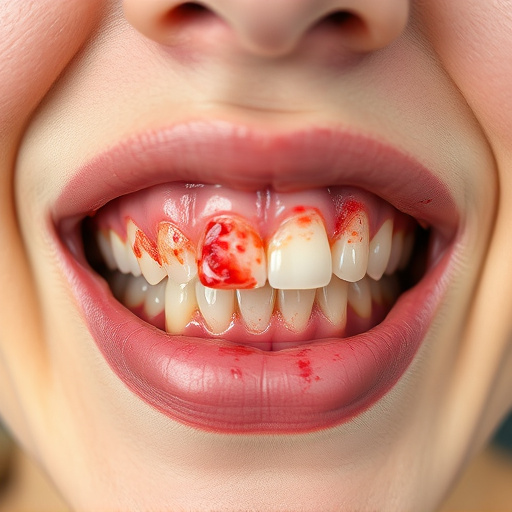
The role of language plays a pivotal part in shaping the accessibility and quality of dental healthcare. For many individuals, especially those from diverse cultural backgrounds, effective communication with dental professionals can be a significant barrier to receiving timely and adequate treatment. This is where Spanish-speaking dentists step in as valuable assets within the healthcare system. By offering services in both English and Spanish, these professionals bridge the gap, ensuring that language is no longer an obstacle to oral health care.
Bilingualism in dentistry is not merely about translation; it involves a nuanced understanding of cultural sensitivities and different approaches to patient interaction. Spanish-speaking dentists can provide a level of comfort and trust for patients who may feel uneasy or hesitant to disclose medical information due to language differences. This fosters a collaborative environment, encouraging open dialogue and ultimately leading to improved treatment outcomes. Moreover, these professionals are equipped to offer specialized care in various procedures, including preventive dentistry, tooth extractions, and dental implants, catering to the diverse oral health needs of their community.
Creating an Inclusive Environment: Tips for Spanish-Speaking Dentists to Build Trust and Ensure Patient Satisfaction

Creating an inclusive environment is paramount for Spanish-speaking dentists to build trust and ensure patient satisfaction. Simple yet powerful steps, such as offering services in Spanish, displaying cultural symbols familiar to patients, and using clear, non-technical language can significantly enhance comfort levels. Personalizing communication by asking about patients’ preferences and backgrounds fosters a sense of belonging.
Additionally, providing educational resources in Spanish about oral health and procedures demystifies dental care, encouraging proactive patient engagement. For instance, explaining treatment options like cosmetic fillings or tooth extractions in plain terms, along with addressing any cultural or linguistic barriers, can lead to better adherence to recommended care plans, ultimately improving patient outcomes and satisfaction.
When it comes to providing quality dental care, particularly for Spanish-speaking patients, culturally sensitive practices are paramount. By embracing bilingual professionals and creating inclusive environments, dentists can effectively communicate with, build trust among, and ensure the satisfaction of their Hispanic/Latino clientele. Incorporating these strategies not only enhances patient experiences but also fosters a more welcoming and accessible dental healthcare system overall, ultimately promoting better oral health outcomes for all Spanish-speaking individuals.


